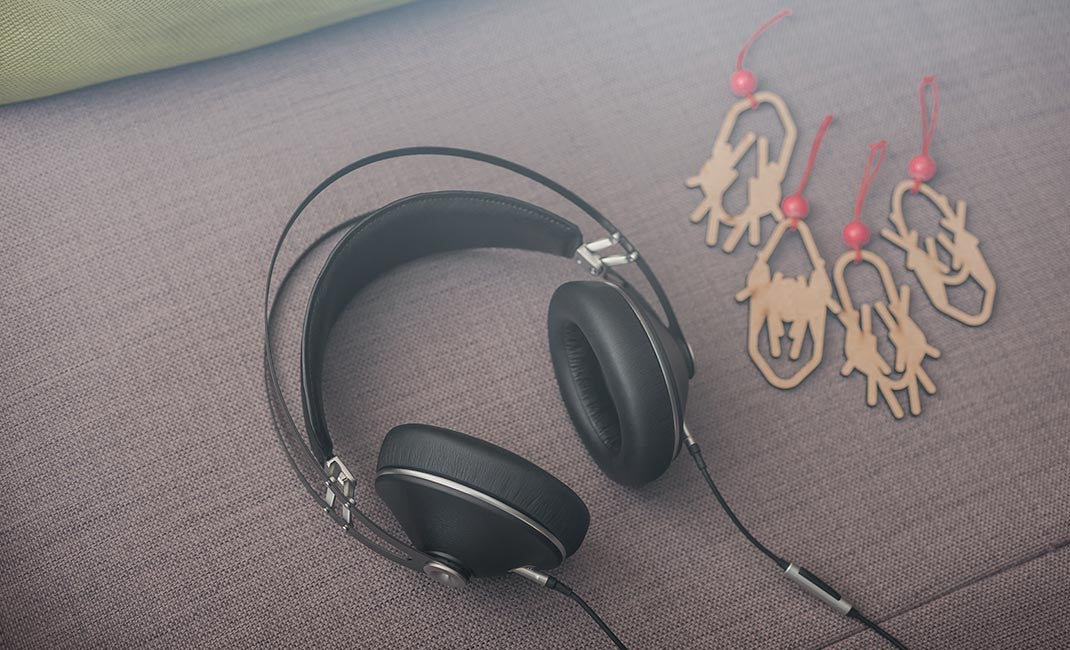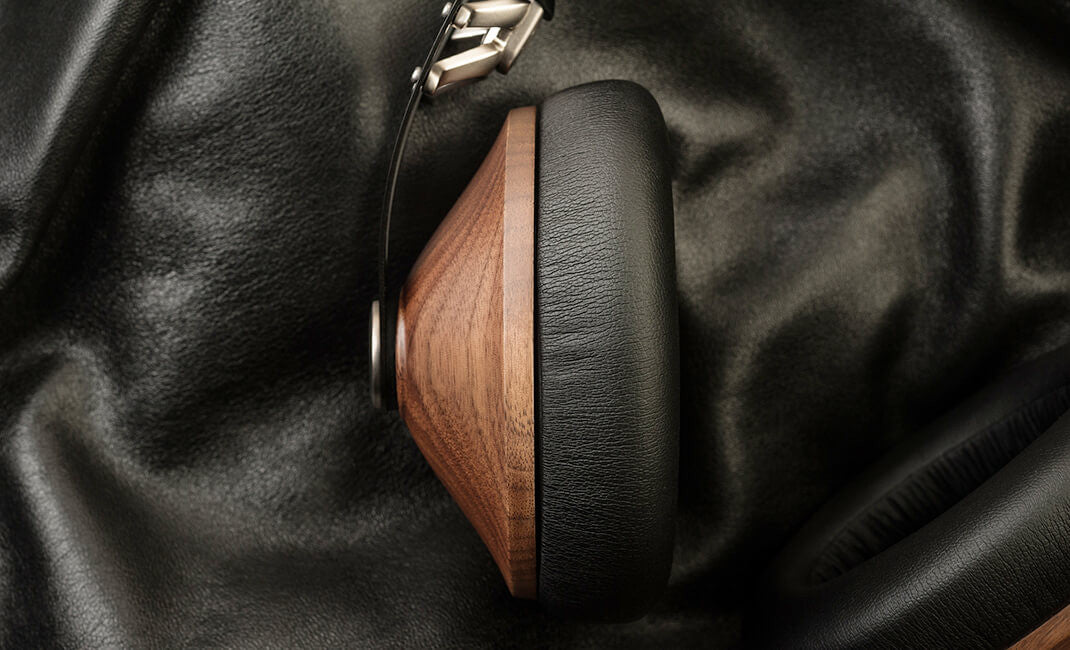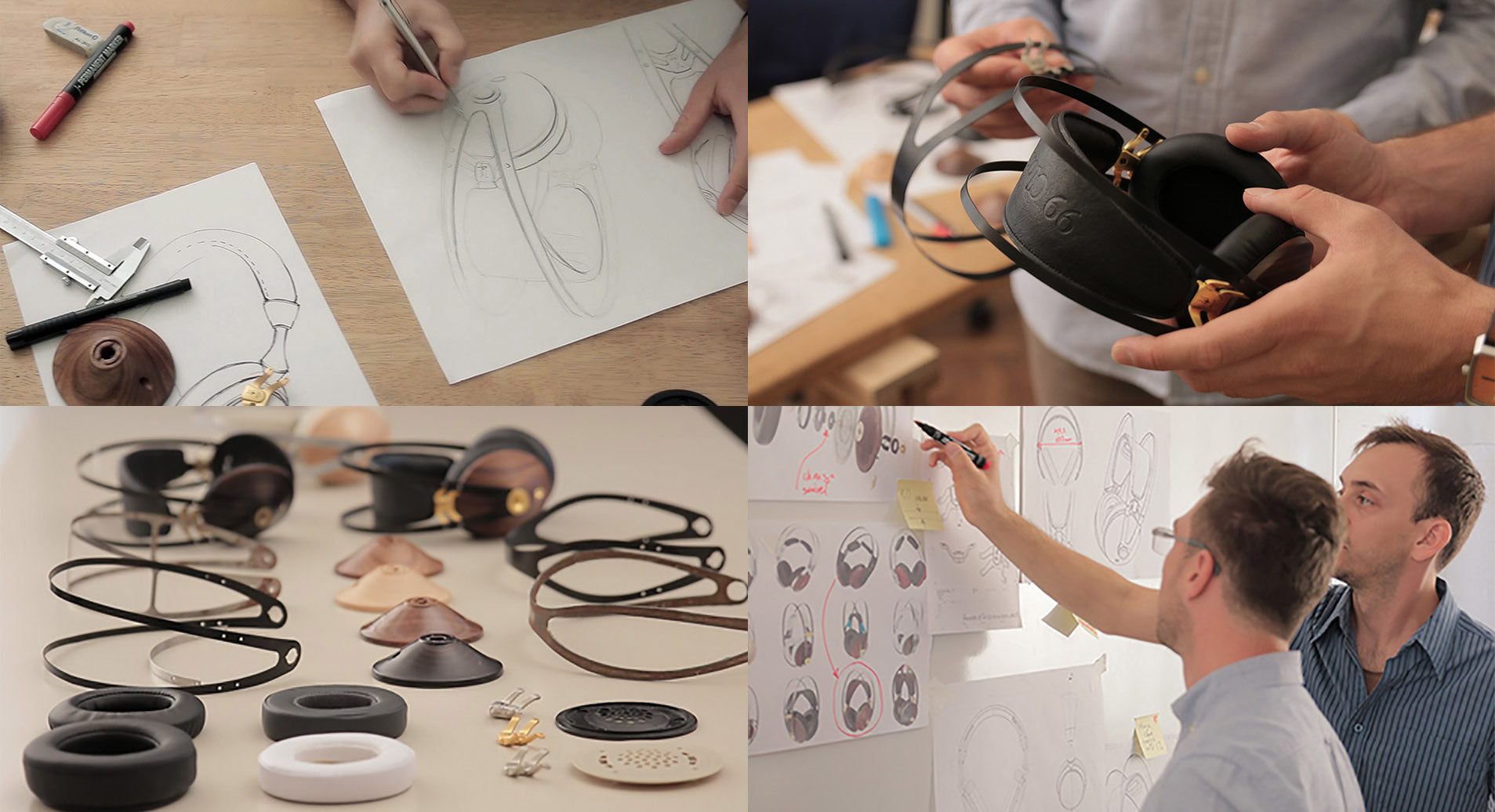Wanting something feels coherent, but it’s anything like that: it is dynamic, messy, comes bundled with hundreds of other implicit desires. Like most human concepts, a cloud with blurry contours is a better analogy than a mathematical object. It is, as most of our mental life, hard to formalize. The recognition of this fact may have gave rise to the game with the evil genie that fulfills your wish in the worst possible way. About ten years ago, somewhere on an internet forum, some people had the initiative to have wishes spelled out in law terminology. The Open Source Wish Project, based on a very nerdy webcomic, was born. The idea was abandoned quickly, as it turned out that the effort is futile: if the genie is up to get you, he will find the loophole.
But if the genie has all the best intentions, he’s still not you. And even our own introspection doesn’t always help. Social scientists have found that if you ask people where they would like to live, they answer on the best suited places to shoot postcards. But both those that live there, and those that actually moved to those places, they aren’t any happier than the rest of us.
On questions like “what do you think is the most important aspect of something”, depending on the question, an answer will immediately pop to mind, or, well, confusion will.
A question like “what’s the most important quality in a smartphone/car” is too open ended by the very fact that these tools are supposed to balance a lot of qualities. At the other end of the spectrum are the one-trick ponies, who’s very name is the one function they have to accomplish: screwdriver, lighter, elevator. Between these extreme ends of versatility, there are many objects whose main function is obvious, but then they have to do many other things as well. Clothes, watches, apartments, headphones.
Headphones.
Usually people’s first wish is that “they” sound good.
But on top of the fact that any number of parameters make the sound good, the experience is almost equally dependent on comfort, ease of use, ease of transporting and so on. Not only that, but you need to look at each with a high resolution lens: is the notion of comfort the same for short listening sessions as for long ones? And this notion applies to both sound signature and physical construction.
The problem is that often it is not a good idea to optimize guided by popular vote. Averaging many desires can be uninformative, if the way they are collected happens to be biased. Why does this happen? Even in good faith, sometimes only if an aspect is bad, it is salient enough that one realises the importance of it. Other times there is a way of doing something that is good enough that it goes unchanged for decades, but potentially can be done better, and it would improve the whole package. In other words, how would something be if vastly improved? That’s easier to imagine in retrospect, after the breakthrough has happened... Users are not expected to give these completely out of the box insights, and surveys will certainly hide anything like that.
The product has to offer a good experience - that’s the final destination, that’s what we wish for. But “make me a good experience” is not how you give the task to an engineer!
When our designers were working on the 99 classics, one “engineering” task was that the pair should feel like a winter cap. Light, comfortable, so much so that you forget about wearing it. That is not very explicit! How do those winter caps work then? They embrace your head, lightly, evenly. The aha moment came when the task became “have an even weight distribution”. The eventual solution to that task was the double headband; practically a reinvention of one of the most basic components of headphones.
We still remember seeing the first sketch of the double headband and we were like: did you at least google ‘headphone’ before drawing that??
Turns out that’s beside the point.
“make me a good experience” is not how you give the task to an engineer!




